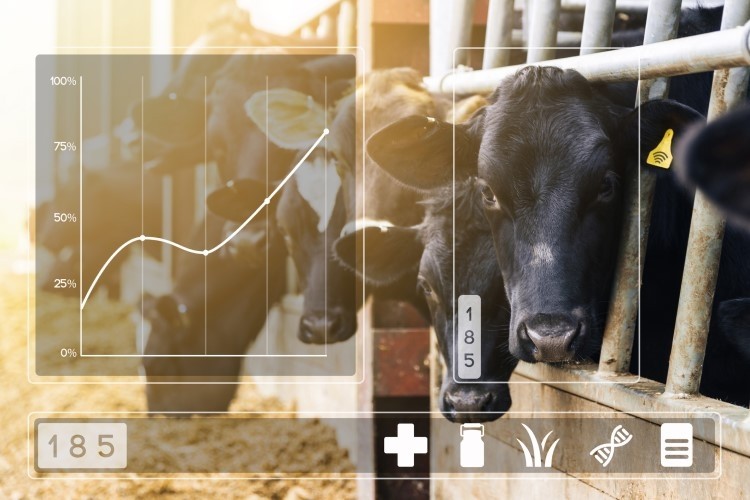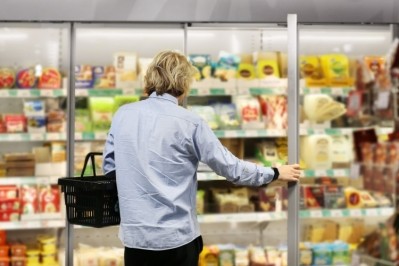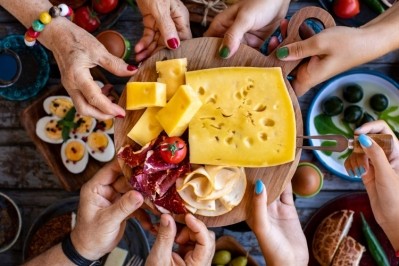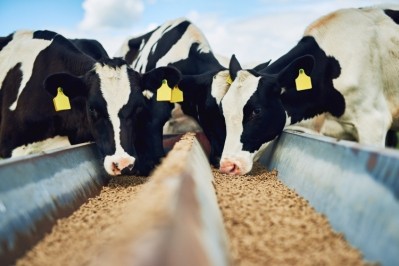Cheesemaker leverages the power of AI to improve cheese quality, boost yield

The Netherlands-based dairy cooperative Amalthea is known for its goat cheese and yogurt products as well as organic cow’s cheese. It sources its milk from 50 goat farmer members, and has recently branched into infant formula production.
Cheese, however, remains its key offering, and the co-op recently took steps to improve product quality and yield.
“Our customers require consistency in the cheese we produce," said Joris Aarts, chief financial officer at Amalthea. “The big challenge is that milk is the raw material used to produce cheese and, by nature, is very unstable and inconsistent over the seasons.”
For each cheese batch produced, the co-op would set a target yield based on past knowledge of production. When a cheese batch deviated from the target yield or the right target yield wasn't set, factory operators had to take action and make changes to production to make the process more efficient. Production issues were identified by manually processing data and analyzing it on a weekly basis.
But with more than 200,000 liters of milk processed daily, waiting a week to get the necessary insights and optimizations wasn’t optimal. “In the past, we had to do these milk yield calculations manually, and we were only able to do this once per week, or sometimes once per month, so it was too late,” Aarts said. “On top of that, we were not able to calculate the yields per batch.”
Behind the workings of an integrated AI system
To achieve more timely results and get more granular insight into milk quality, in 2020 Amalthea invested in an integrated artificial intelligence system called Coleman AI from US-based enterprise resource planning (ERP) solutions specialist Infor.
The company works with more than 150 dairies globally, providing ERP, supply chain planning, product lifecycle management solutions, and more. “The solutions are preconfigured for dairy and support dairy specifics, such as milk utilization, milk supply planning, milk payments, quality testing, catch weight, shelf life management, cheese treatment and aging, and a lot more,” an Infor representative told us.
Coleman AI is part of the company’s suite for the food and beverage market and is accessible to Amalthea via a subscription.
“The AI solution gets the data from the existing on-premise Manufacturing Execution System and Infor CloudSuite Food & Beverage,” the representative explained. “All data is stored in the cloud and then analysed by Infor Coleman AI, which runs in the cloud as well. No [hardware] installation was needed, only cloud services were needed to implement the solution.”
At the heart of the solution for Amalthea’s business case is an AI-driven yield deviation detection and explanation system, which is now fully automated. Previously, the co-op had to rely on various applications and data silos that weren’t integrated.
Overall, it took Infor 55 days to complete the integration, with staff at Amalthea requiring less than three months to get up to speed with the new technology.
Today, the co-op expects to save €500,000 (around US$530,200) per 1% increase in yield, helping it avoid waste and build up its business which now also produces infant formula.
Reflecting on the improvements, Aarts said: “Infor has a process catalog specifically designed for dairy, and it can give us good insights into milk utilization and yields. This utilization of milk is the most important way in which we can manage costs, so Infor already has helped us save money with that.
“Now, we can not only see the yields per cheese batch in real time, but it also gives us direct insight into what contributors are causing a higher or lower milk yield, so the operators can directly act on it.”








